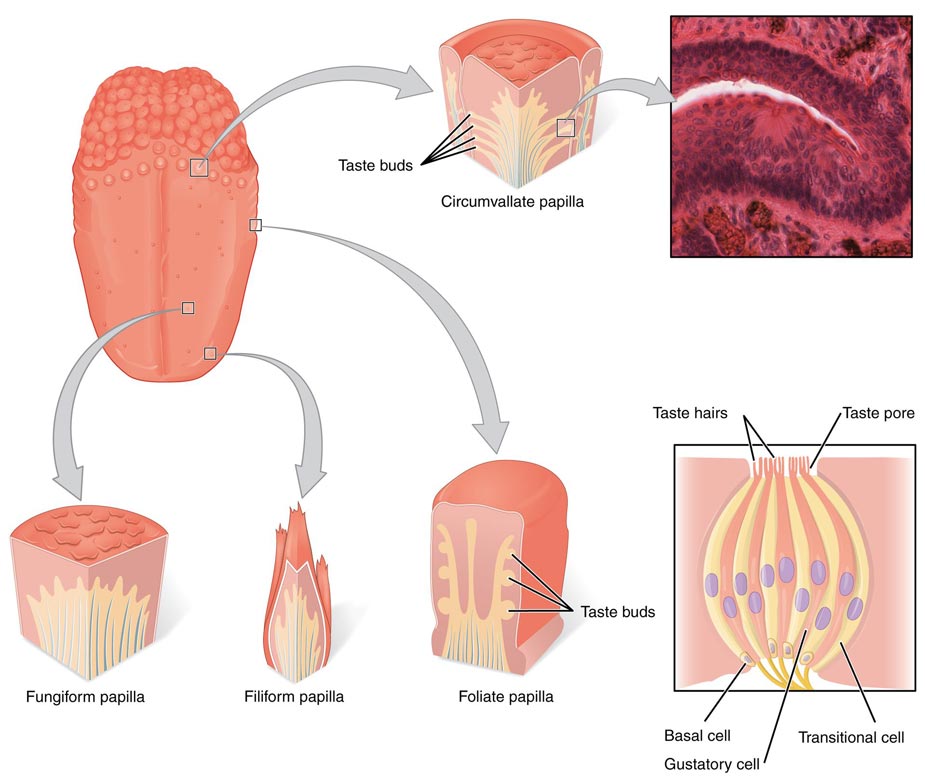

Research suggests dysgeusia occurs in between 33% and 50% of people with COVID, though less so with newer variants. Today, one of the most frequent causes of dysgeusia is COVID, with loss of taste one of the first symptoms many people experience. This area connects to sensory areas and the limbic system that helps encode memory and emotion.įour strange COVID symptoms you might not have heard aboutĪside from direct damage to the tongue and mouth, dysgeusia can be caused by several factors: infection or disease, medicines, or damage to the central nervous system.Īlterations in taste have been reported after influenza infection, in hayfever, diabetes, heart disease and others. Information about taste is first transmitted to the brain stem at the base of the brain, and is then sent throughout the brain via connected pathways, reaching the orbitofrontal cortex at the front of the brain. Taste buds transmit information to the brain about what we’re eating through several nerve pathways. These taste receptors on our taste buds help detect whether food is salty, sweet, bitter, sour or umami. There are around 10,000 taste buds in the human mouth, with each taste bud having up to 150 taste receptors. Our sense of taste can also keep us safe from consuming things that are dangerous to our health, such as poisons or food which has spoilt. It also helps us metabolise the foods we have eaten. Taste helps us decide what to eat, ensuring we get enough nutrients and energy.

Aside from the pleasure we get from eating food that tastes good, our sense of taste also serves other purposes.


 0 kommentar(er)
0 kommentar(er)
